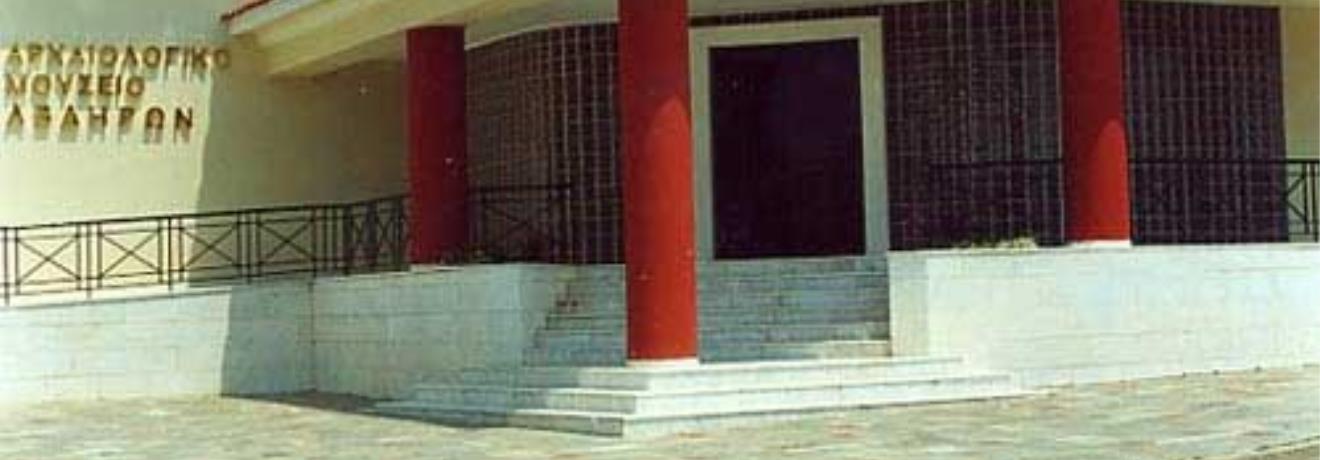
Archaeological Museum of Abdera
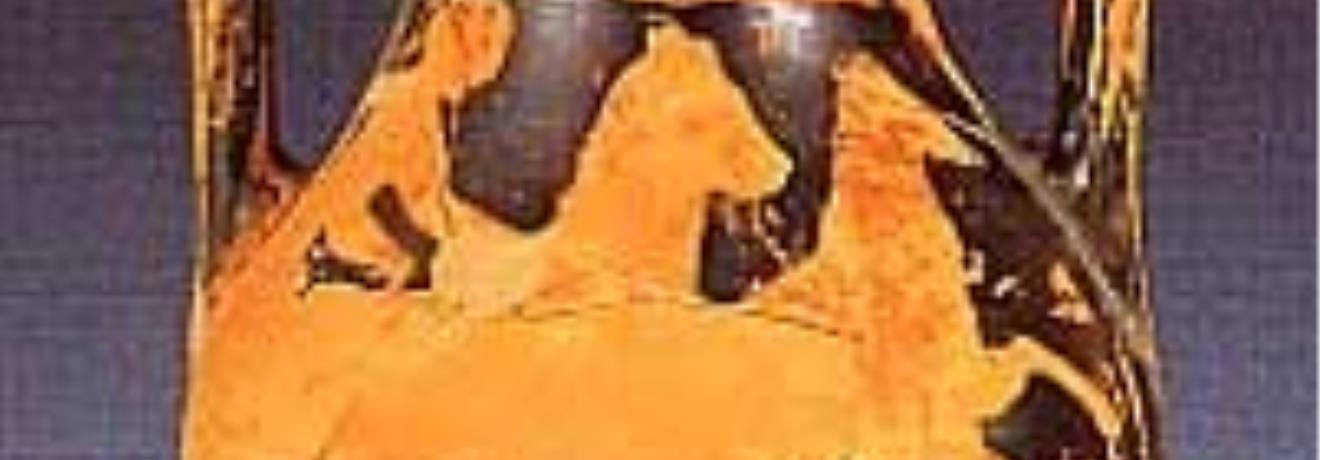
Archaeological Museum of Abdera

Archaeological Museum of Abdera
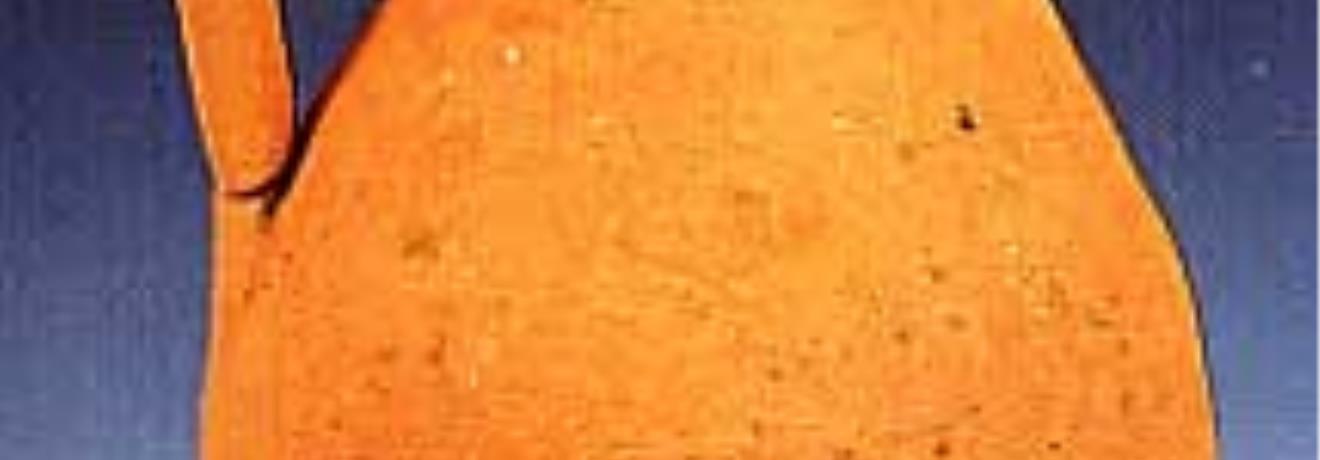
Archaeological Museum of Abdera
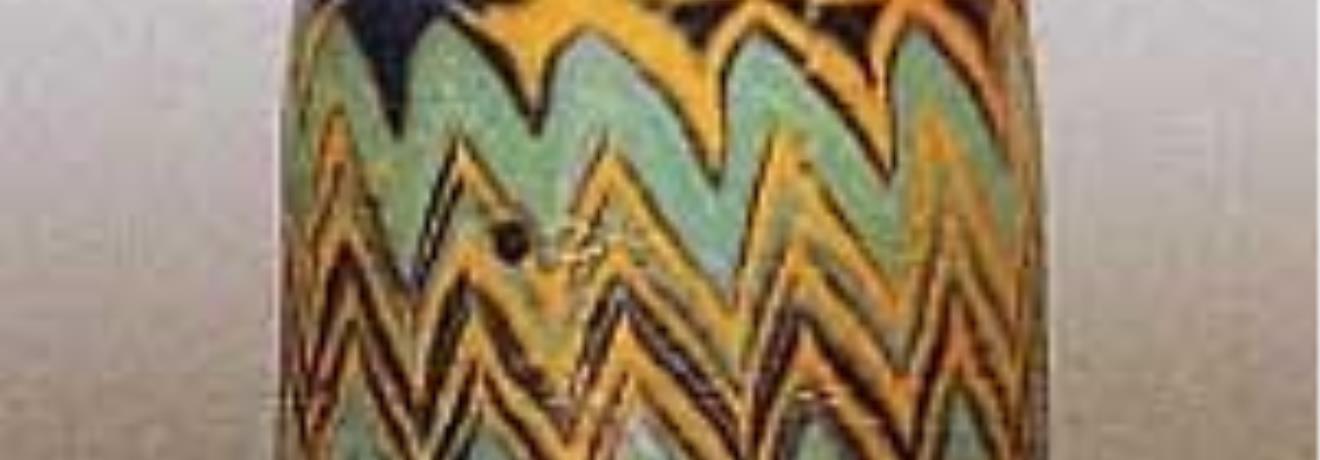
Archaeological Museum of Abdera
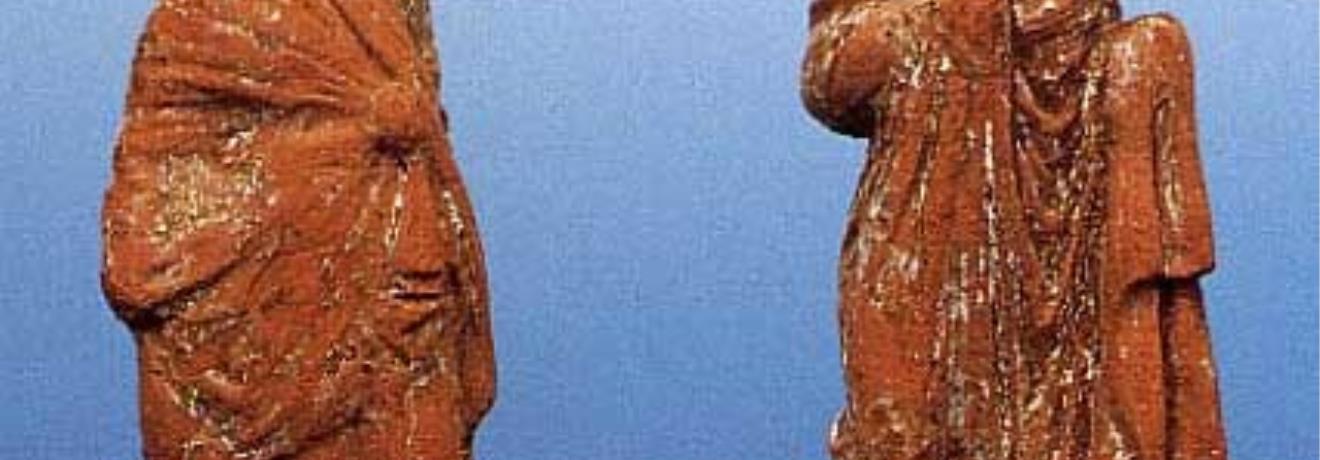
Archaeological Museum of Abdera

Archaeological Museum of Abdera

Archaeological Museum of Abdera
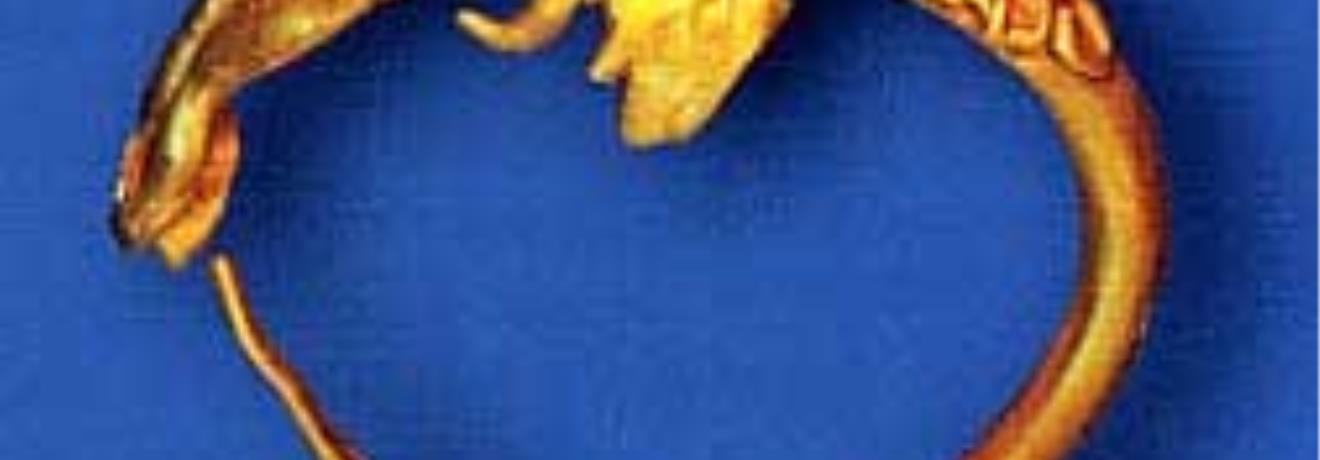
Archaeological Museum of Abdera
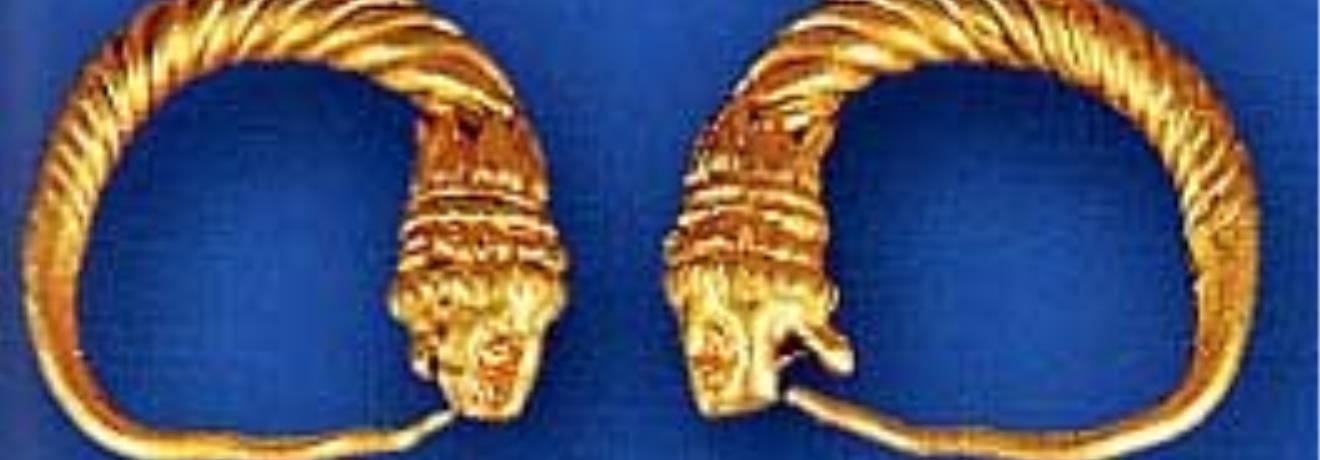
Archaeological Museum of Abdera
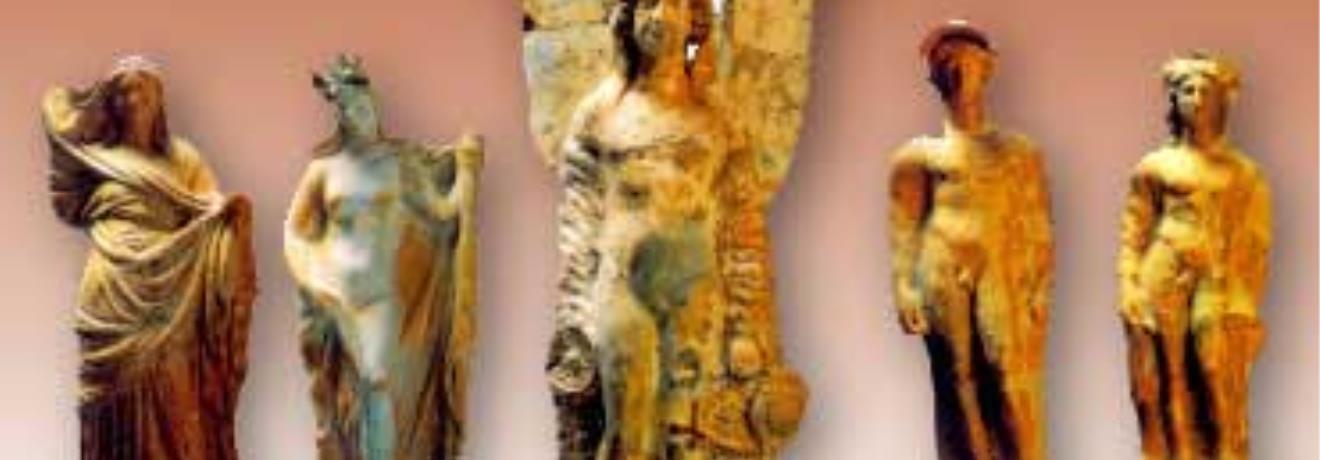
Archaeological Museum of Abdera
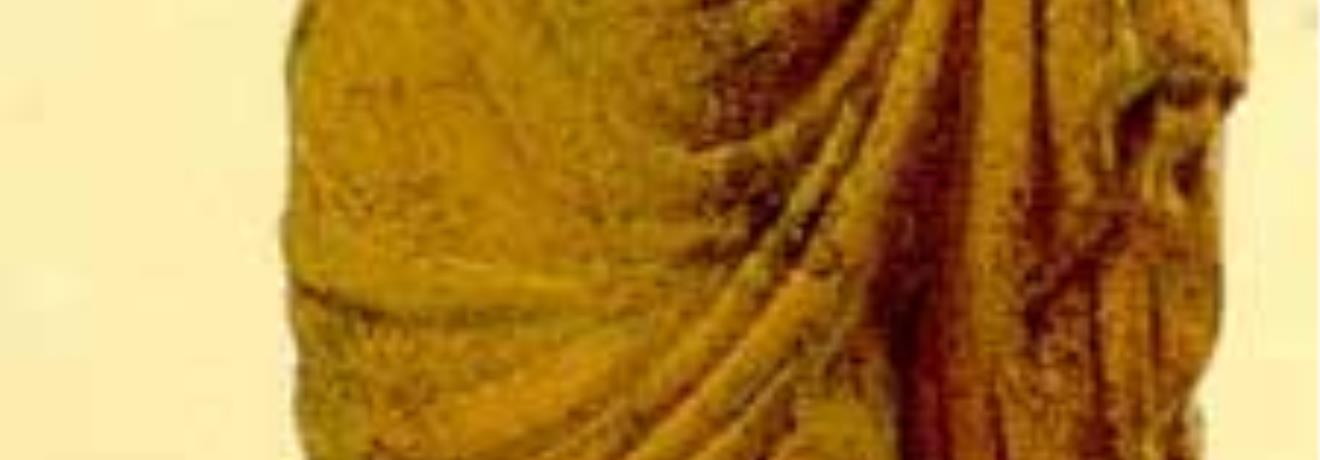
Archaeological Museum of Abdera

Archaeological Museum of Abdera
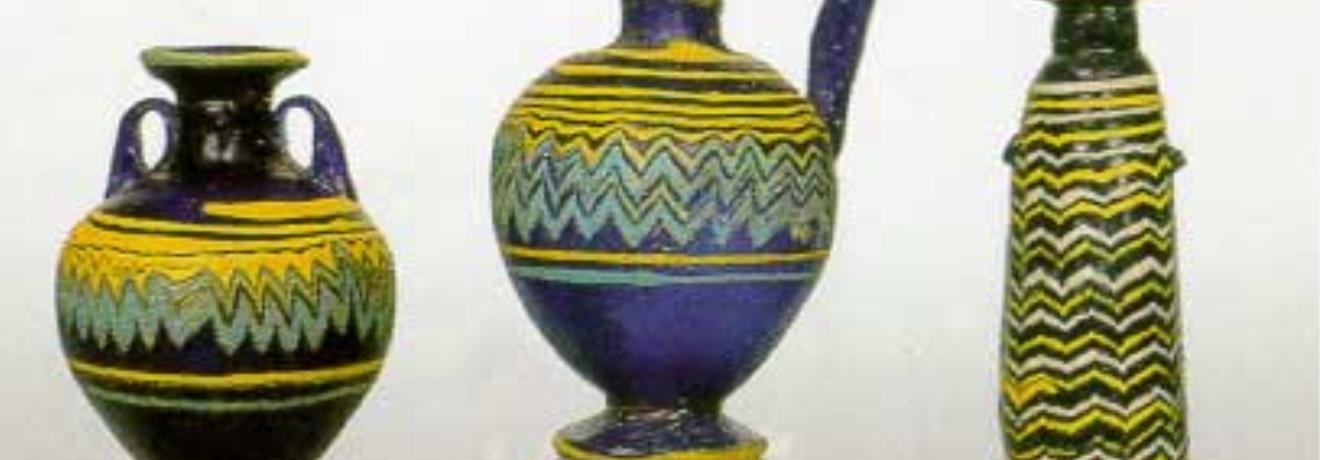
Archaeological Museum of Abdera
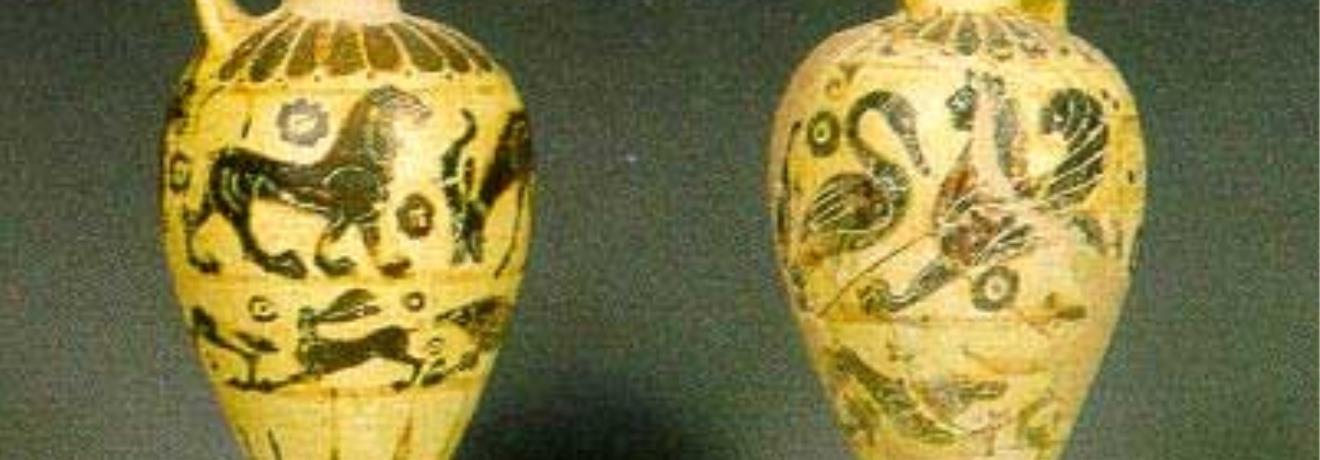
Archaeological Museum of Abdera
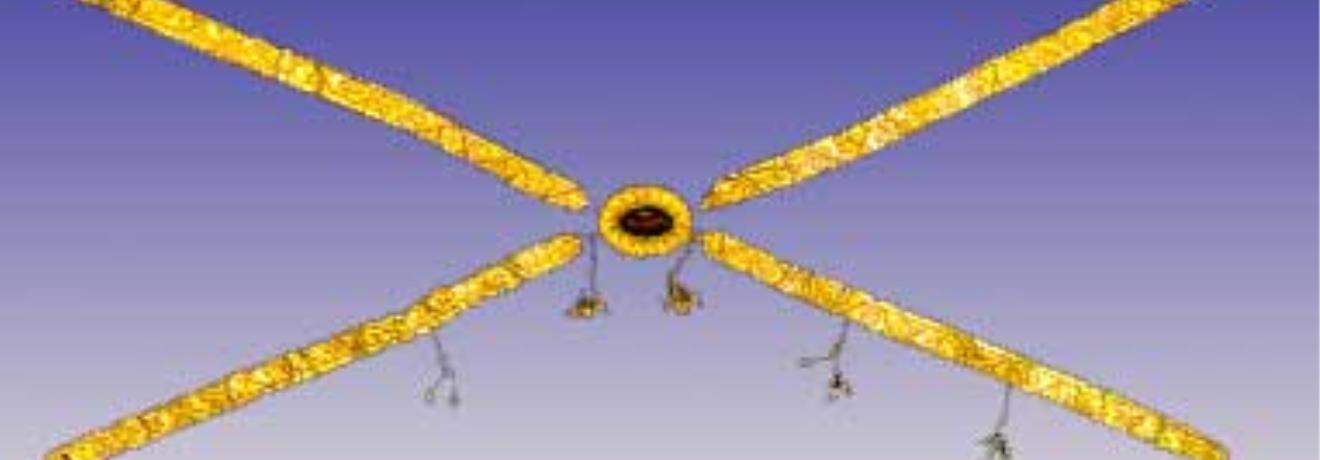
Archaeological Museum of Abdera
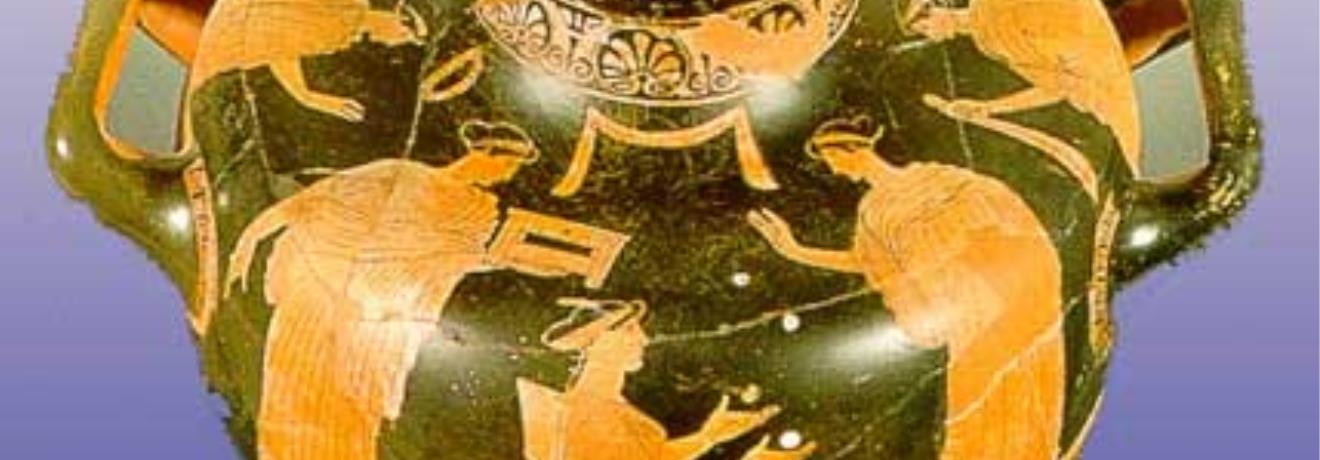
Archaeological Museum of Abdera
Receive our daily Newsletter with all the latest updates on the Greek Travel industry.
Subscribe now!

